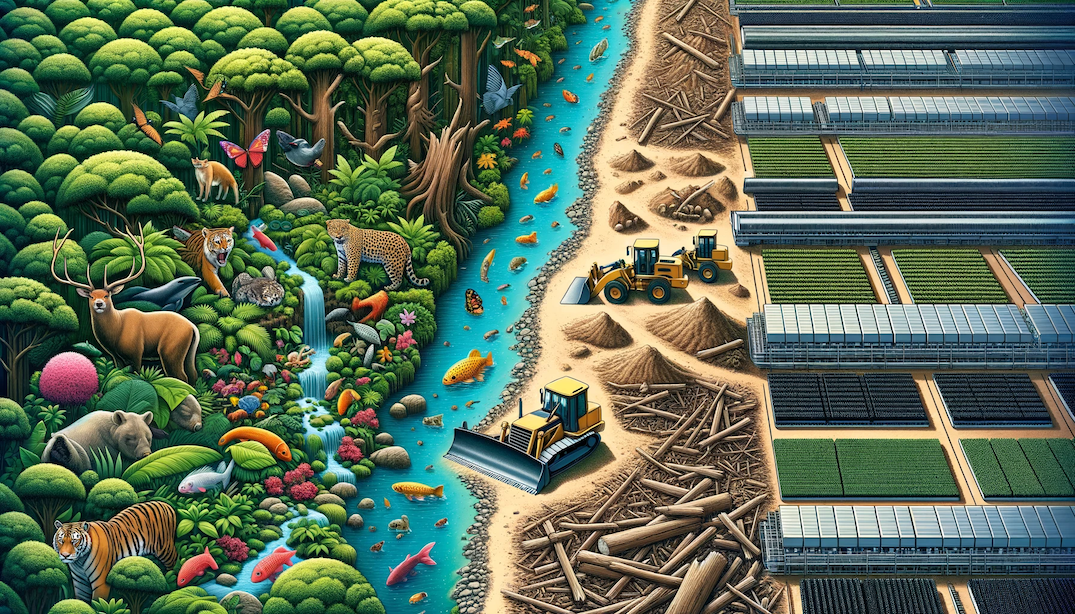– A new Chatham House report highlights that the global food system is the primary driver of biodiversity loss.
– Biodiversity loss will continue to accelerate, unless we change the way we produce food. Further destruction of ecosystems and habitats will threaten our ability to sustain human populations.
– The new report calls for an urgent reform of food systems, suggesting three interdependent actions: changing global dietary patterns, protecting and setting aside land for nature, and farming in a more nature-friendly and biodiversity-supporting way.
– Policy makers are urged to take a system-wide approach to account for the impacts of food systems, develop global guidance for change, and translate this to national targets.
Source: UN
We definitely need to rethink how we produce and consume food.
But also, while mostly interesting for space travel, scientist find a way to grow plants in total darkness (i.e.: without photosynthesis). This could help with vertical farming inside buildings. It’s also ~18x more efficient this way.
While we should not take that as an excuse to get rid of trees and greenery, this could maybe be used to grow in larger scale with less land usage.
Source: Nerdland

Leave a Reply…